Faux Selfies
- Corrina Crazie Espinosa
- Jan 14, 2019
- 4 min read
Updated: Jan 25, 2023
Faux Selfies - Create an artificial persona or alter ego and create a series of 12 faux selfies of this artificial character. Use Photoshop to create 6 still images. Then, in Illustrator, turn 6 selfies into drawings for a total of 12 final images. I will show you a variety of tools to create your images.

Self portraits belong to artists.
Before there were cameras, self portraits were pretty much reserved for artists. Only artists with the skill to capture one's likeness with paint and brush were able to make portraits (usually of other people) and therefore the only people who had self portraits where artists. Once the camera was invented, it was still a tool that not everybody had access to or knew how to use, but self portraits became more accessible. But today, with virtually everyone being equipped with a camera (phones), selfies have become so common they are often quite ordinary, even cliché. How many selfies do you think are taken and posted everyday? As artists, we are going to take the selfie back!
Now let's talk about images.

This is a painting by Anton von Maron, Portrait of Johann Joachim Winckelmann, 1768, What do you notice about this image?
Let's discuss....
What can you tell about this person?
How can you tell?
What is going on here?
What is important in this picture?
What are some clues that tell you about this person?
What does this tell us about images and art at this point in history?
Now compare and contrast it with the image below:

What is important about this image:
The installation "24 HRS in Photos" by Erik Kessels at the San Francisco Museum of Modern Art is a room filled with prints made from photos uploaded to Flickr during a 24-hour period in 2011.
Here is a statement from the artist:
"We’re exposed to an overload of images nowadays. This glut is in large part of the result of image-sharing sites like Flickr, networking sites like Facebook and Instagram and picture-based search engines. Their contact mingles the public and private, with the very personal being openly displayed. By printing 350.000 images, uploaded in a twenty-four hours period, the feeling of drowning in representations of other peoples’ experiences is visualized."
With this project, consider the sacredness vs. the oversaturation of images.
Can images still be sacred?
What makes an image sacred to you?
What makes a good self portrait?
The thing that is truly unique about self portraiture, is not the ability to capture one's physical appearance accurately... but to capture one's true self... Or not so true self. It's not important to capture what you look like (there is value in that, especially before the camera) but to capture your soul, your spirit, the essence of who you are, or in our case who you want to portray.
Cindy Sherman's self-portraits, depicting herself in many different contexts and as various imagined characters.
More about Cindy Sherman:
Deception Aesthetic, lies vs. truth
All Art is illusion-- lies, deception, trickery... Consider the much-discussed painting, The Treachery of Images ("Ceci n'est pas une pipe"; "This is not a pipe"), by the French surrealist painter, René Magritte (1898-1967).

This is not a pipe. What is this? What is a pipe? You cannot pack tobacco into this, you cannot light it, you cannot puff smoke out of it. This is NOT a pipe. It is a metaphor, it is a representation, it is a symbol, it is an illusion, a lie, trickery...

What is this?
How do you know?
Are you sure?

what about this?
is this the same?

What is this?
How do you know?
Is the meaning different?

so then, what is this?
how do you know?
Does it mean the same thing?

what about this?
which ones are real?
which ones are lies?
What are these?
How do you know?
What's the true version?
How NOT to define art:
So what is art?
Everything!

“Everything in life is art,” says 81-year-old Duchamp. “If I call it art, it’s art; or if I hang it in a museum, it’s art.”
Inspiration for this project:
The Artist as MAGICIAN: How to create illusions?
If all art is illusion, how to we harness the power of this magic? With the elements and principles of art/design!
"The elements of art are the visual tools that the artist uses to create a composition. These are line, shape, color, value, form, texture, and space.
The principles of art represent how the artist uses the elements of art to create an effect and to help convey the artist's intent."
Marder, Lisa. "The 7 Principles of Art and Design." ThoughtCo, Jul. 30, 2021, thoughtco.com/principles-of-art-and-design-2578740.

Elements and Principles of design resources:
Put it all together to tell a visual story:
Watercolor Illustration

by Julia Henze

Digital Artist Tithi Luadthong from Thailand
More here:

Project Guidelines:

For this assignment, you create an alter ego. First, figure out who your alter ego is and get to know them very well. Who are they, what do they look like, and what are they all about. Your alter ego can be human, animal, plant, alien, angel, demon, inanimate object, intangible object, etc. Anything goes, be creative. Once you have your alter ego down, create a series of "selfies" (for your alter ego, not you) by blending at least 3-4 images into a single composition. You may use actual photos of yourself, photos of anything else that you have taken, or found photos from the internet. Because you will be altering the images drastically, stealing images is OK. Think about what makes your alter ego who they are, think symbolically and capture that in your images. For example, if your alter ego is passionate you might use a symbol like fire, or the color red. If they are calm you might use symbols like still water or the color blue. There are no limitations on what subject matter can appear in your images, as long as you meet these technical requirements:
Technical Requirements:
*MUST use Photoshop & Illustrator, no phone apps
*Must have 12 final image 6 still Photoshopped, & 6 Illustrator
*Must be posted on your blog for critique
*Save PSD files, and JPG files separately
*Must be at least 5"x5" with 72 dpi
*Must blend at least 3-4 images into each single composition
Start by taking the personality quiz for your persona (not for you)
Reading:
Read the following article and respond to it on your blog with 250 well thought out words and 5 visual aides.
Optional Reading:
A brief History on self portraits to inspire you:
A quick reference for Photoshop tools we will be going over in class: https://lifehacker.com/5753459/learn-the-basics-of-photoshop-in-under-25-minutes
A quick reference for Illustrator tools we will be going over in class:
https://design.tutsplus.com/tutorials/10-illustrator-tools-every-designer-should-be-using--cms-25968
Questions?



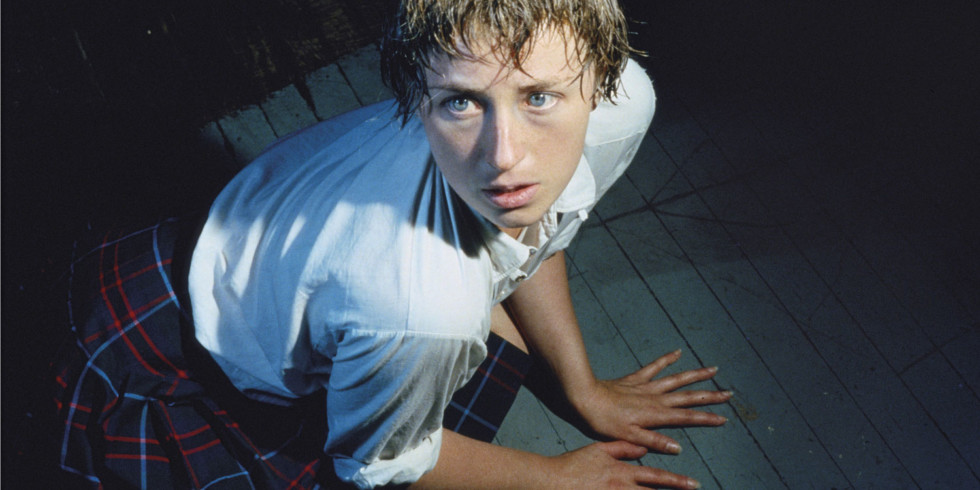

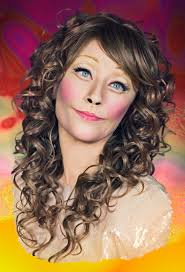

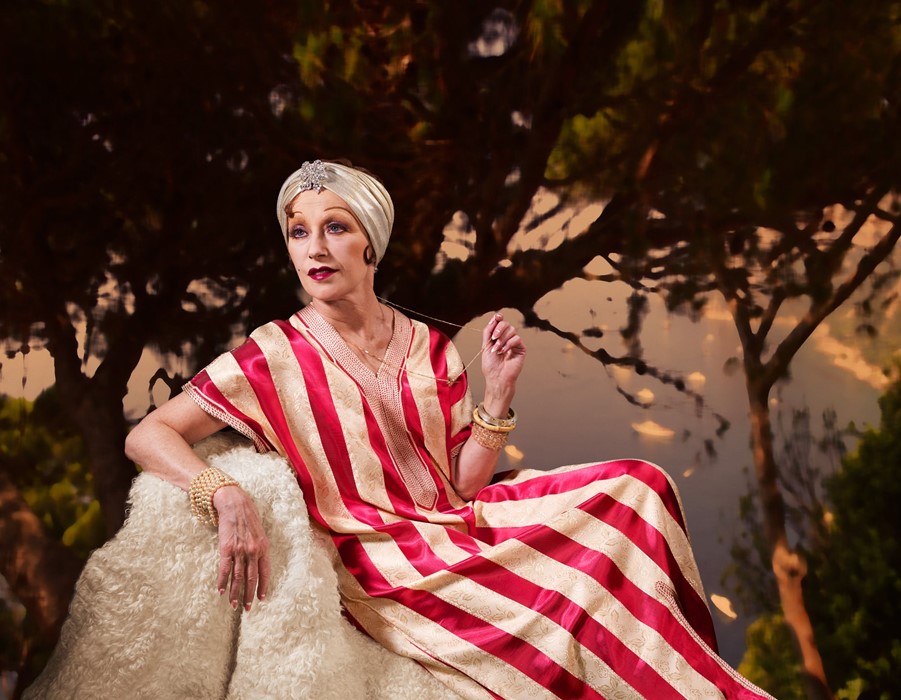



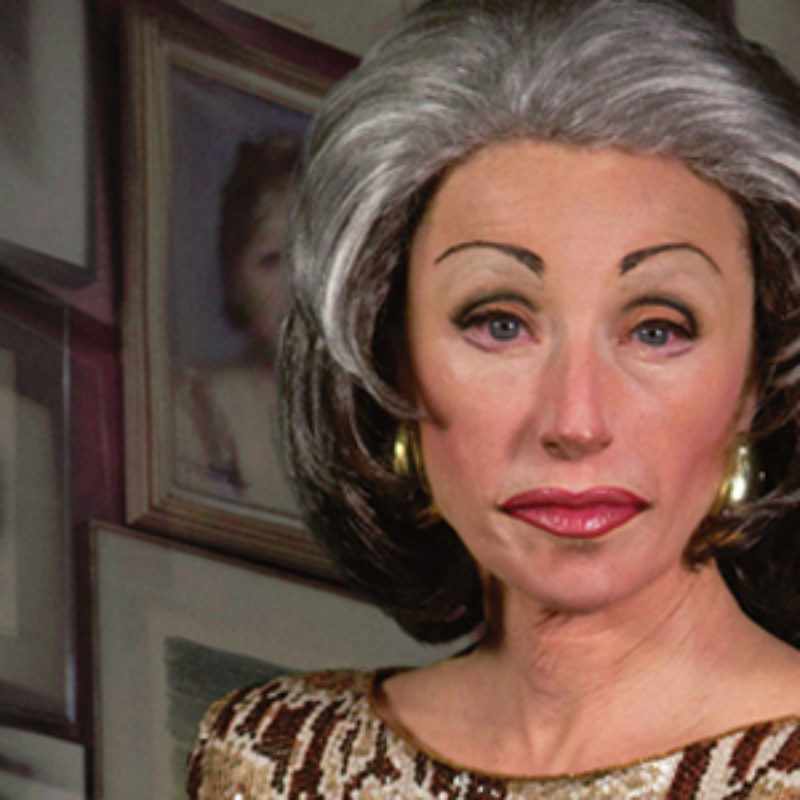

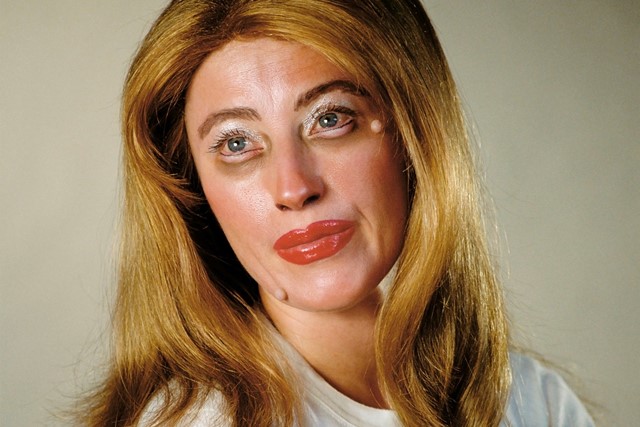







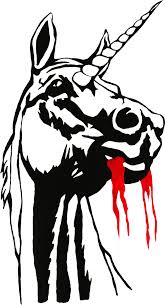
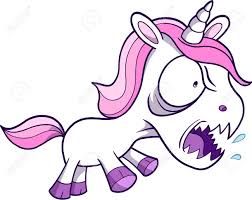

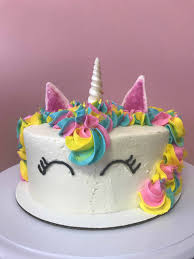
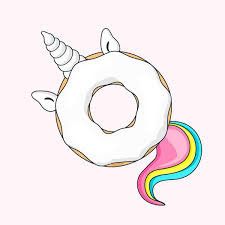
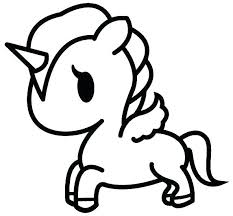


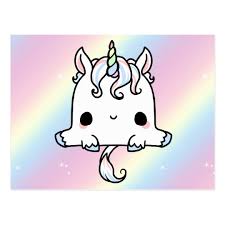
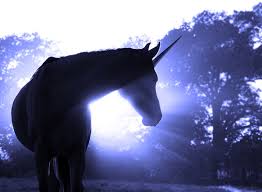
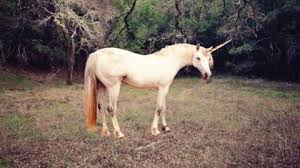
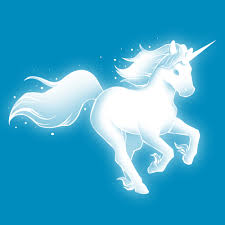
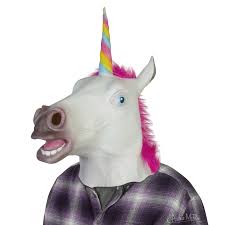
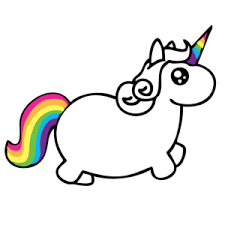
Comments